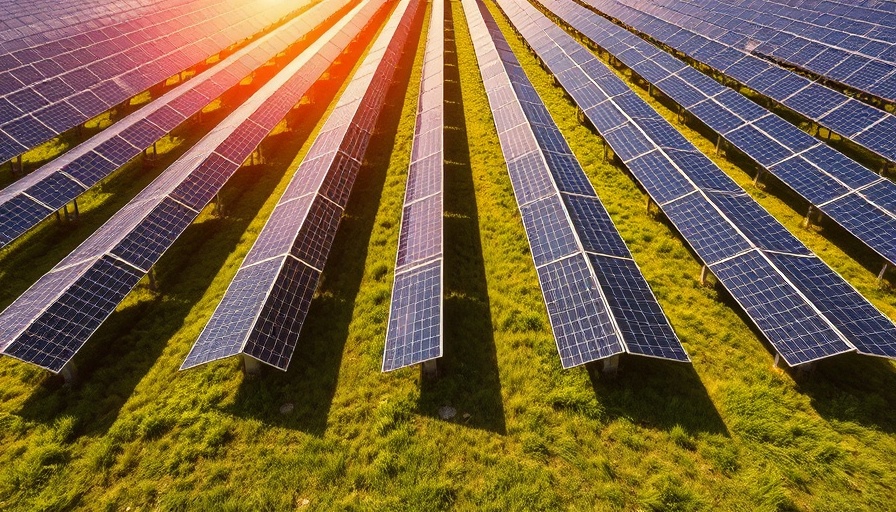
Understanding the Surge in Negative Electricity Prices
Imagine a world where the excess energy you generate from your solar panels might cost you money instead of saving you cash. This reality is becoming increasingly common in the Netherlands as the number of hours with negative electricity prices has surged fivefold over the past five years. In the first half of 2025 alone, there were 359 hours of negative prices, a significant rise from just 66 hours during the same period in 2020. The primary reason for this dramatic increase is the growing number of households installing solar panels, which has now reached three million — a substantial climb from less than one and a half million in 2020.
The Mechanics of Negative Electricity Pricing
According to Pim Holstvoogd, an energy expert at Independer, negative electricity prices occur when the supply of electricity exceeds demand. This often happens on sunny days when solar power is abundant. Additionally, prolonged daylight in summer further amplifies solar generation. Wind energy on particularly breezy days can also contribute to negative pricing. When electricity supply exceeds demand, utilities lower prices, sometimes even dropping them below zero to encourage consumption.
The Implications for Solar Panel Owners
For homeowners equipped with solar panels, this situation creates a unique set of challenges and opportunities. While having a dynamic energy contract allows for earning from negative pricing, most people find it difficult to turn a profit. For instance, even with a price drop to as low as minus 28 cents earlier this year, factors like energy taxes and fees diminish potential earnings. It's essential to understand the nuances of your energy contract to effectively capitalize on these fluctuating prices.
The Value of Monitoring Your Energy Consumption
Those who can adapt their energy usage during negative price hours may benefit by using electric vehicles or charging home batteries at times when the price is exceedingly low. For instance, if you can load your electric vehicle during one of the nine hours this year when prices turned negative, you could potentially save a small sum. However, with just nine profitable hours out of 359, it poses the question of whether the effort to adjust energy use is worth it.
Debating the Merit of Shutting Down Solar Panels
As the situation unfolds, some homeowners are considering manually or digitally shutting down their solar systems during negative price hours to avoid additional costs from generated electricity they cannot use. Experts like Holstvoogd argue that this drastic measure may not be necessary. The insight here is that managing solar panel production isn't just about financial savings; it also plays a vital role in energy sustainability and grid management.
The Bigger Picture: Renewable Energy and Sustainability
This surge in negative electrical pricing offers broader implications for understanding energy production and consumption dynamics. It highlights the ongoing transition in energy markets toward renewable sources such as wind and solar. Moreover, as technological advancements continue to improve solar efficiency, the market dynamics are likely to shift further. As energy consumption patterns evolve, policymakers and consumers alike must engage in discussions about energy production, sustainability practices, and the future of renewable energy in their strategy planning.
Drawing back from this peak in negative electricity pricing can help us examine what sustainable energy really means and how to further empower consumers in their energy journeys.
 Rij toevoegen
Rij toevoegen






 Rij toevoegen
Rij toevoegen



Write A Comment